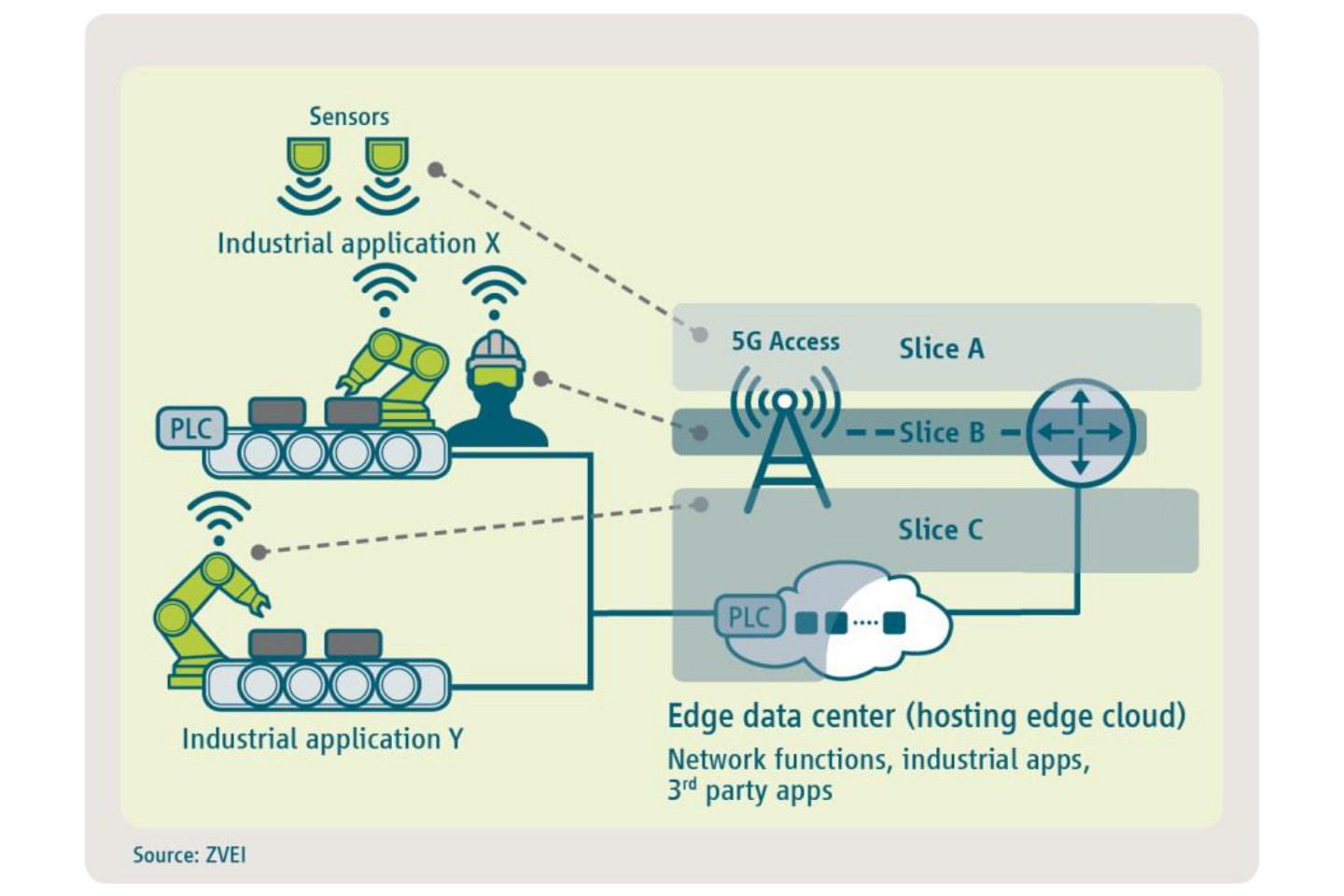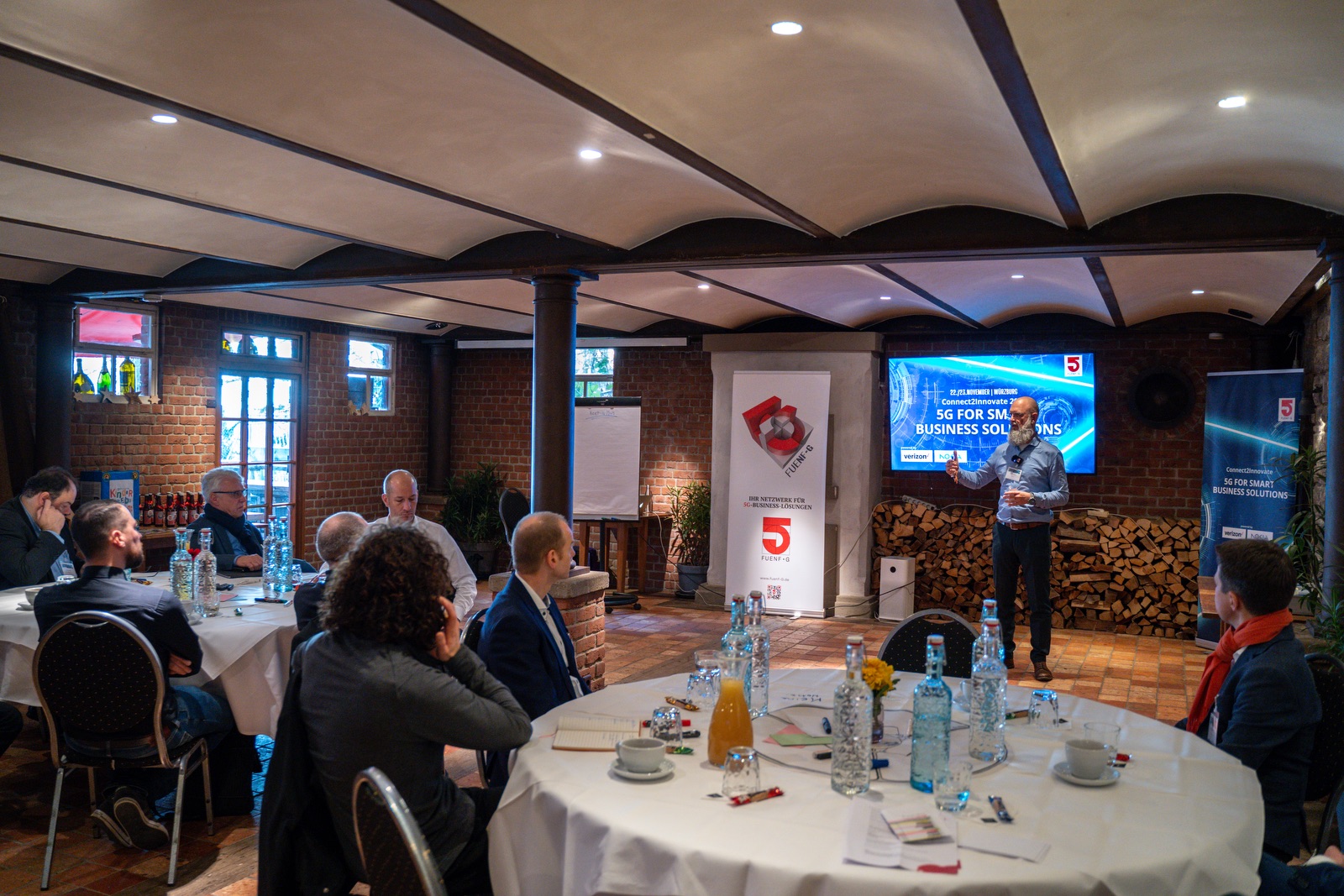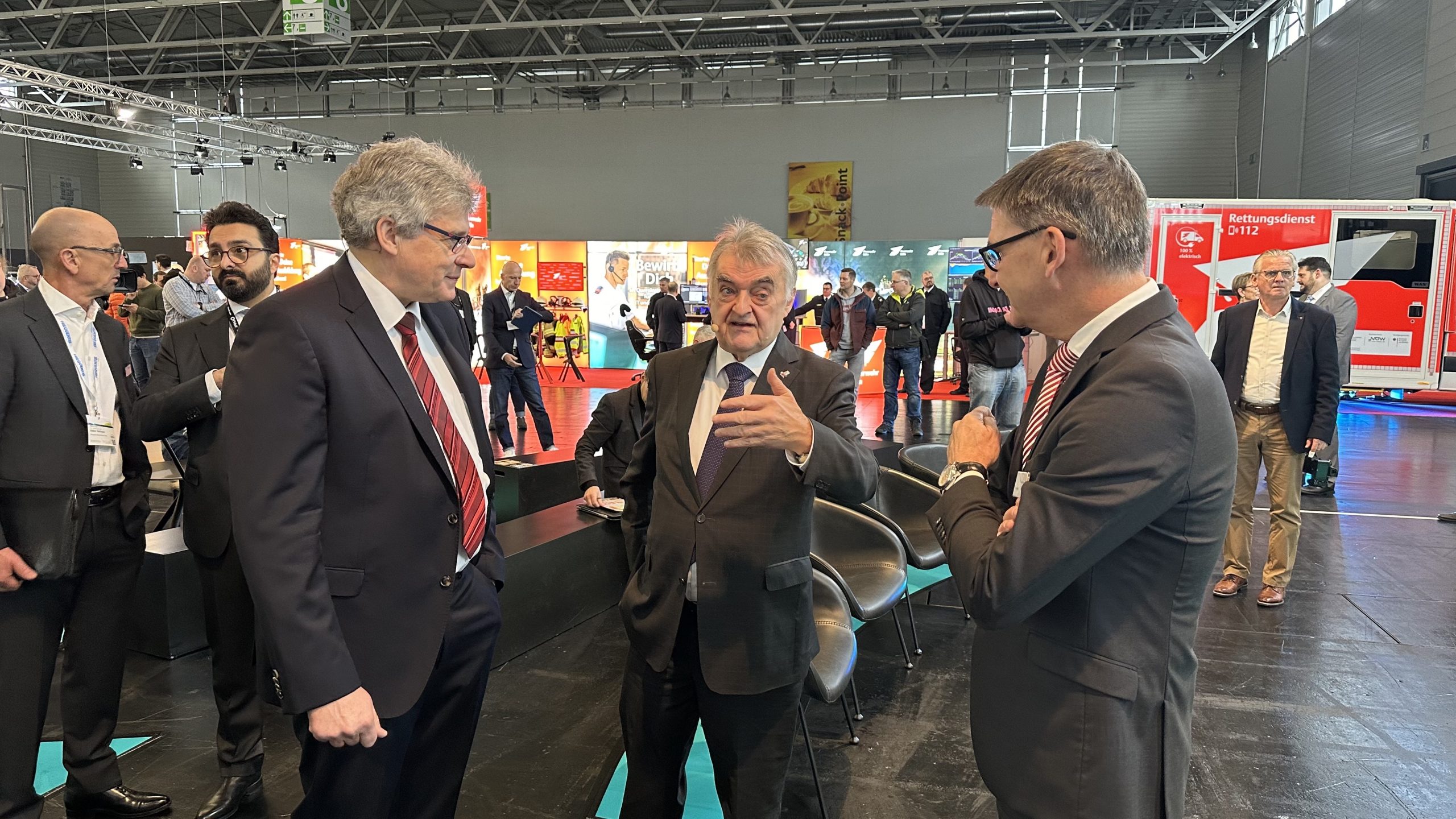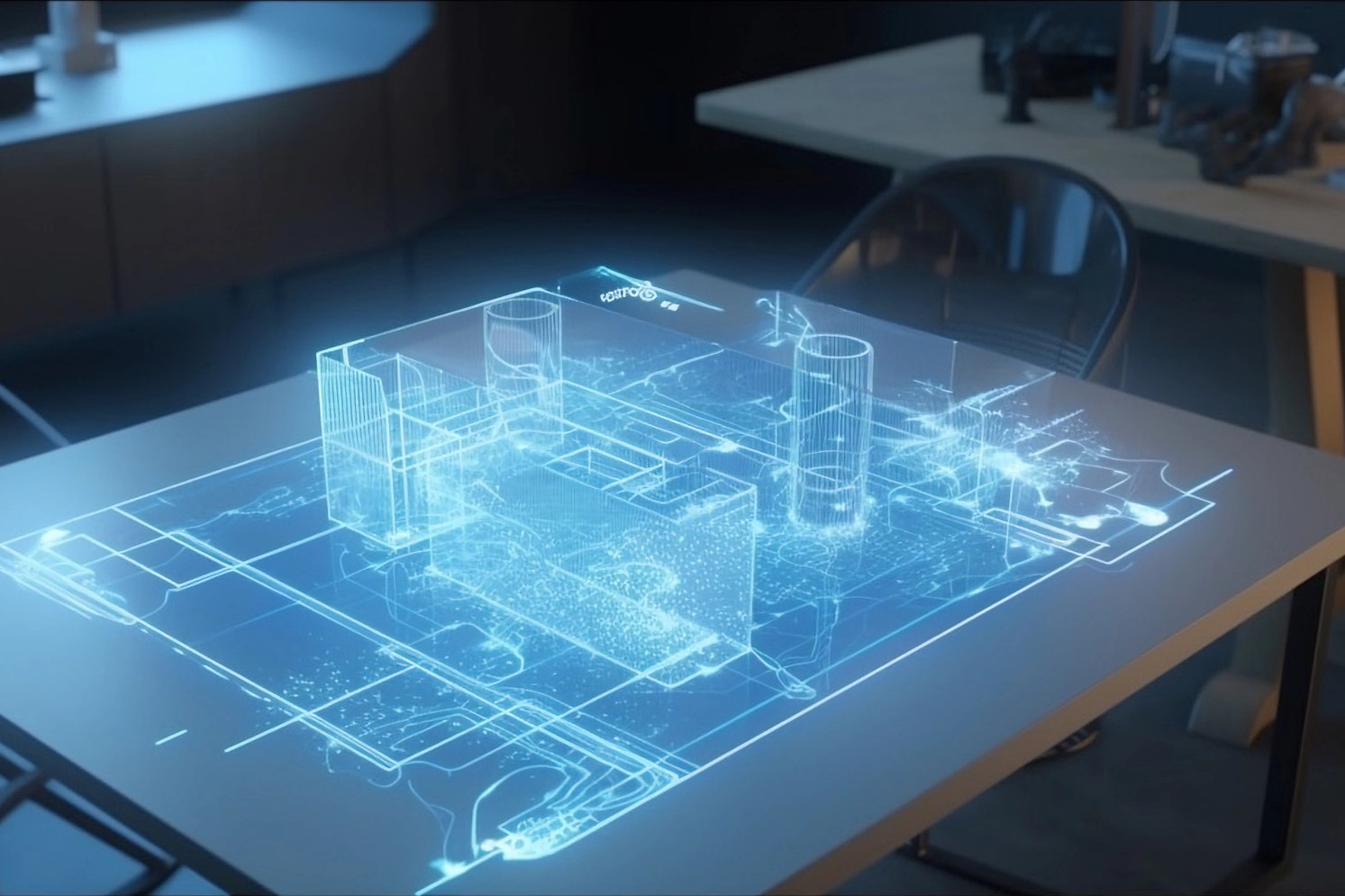Multiple virtual networks on one infrastructure: so-called network slicing is an elementary function for 5G in industry (Source: ZVEI)
Ericsson and Deutsche Telekom have jointly developed a control interface that can be used to dynamically control one of the core functions of 5G. This is now to be used in commercial 5G SA networks.
Network Slicing makes it possible to operate several virtual, completely separate networks with different characteristics—service properties and quality parameters—side by side on a physical 5G network infrastructure. For example, a network for time-critical control tasks next to a network that transmits time-non-critical sensor data. Or an externally isolated network for complete factory automation, and a second network that enables the machine builder to provide remote services from the outside, but which only has access to predefined machine data.
In Deutsche Telekom’s Bonn laboratory, the mobile communications provider and supplier Ericsson have now tested a new use case in which the virtual networks are subject to changing requirements. The use case is provided by a video production that works with several cameras. All video streams are transmitted in their own network slices, first in a low resolution with low bandwidth. The director can pick out one stream at a time, which is then switched to high-resolution transmission. At the same time, the network parameters are automatically adjusted. In this case, the Quality of Service (QoS) is automatically increased at the request of the application, so that there is always enough bandwidth available and there are no image dropouts.
“5G Network Slicing enables easy setup of software-defined 5G virtual network slices with specific characteristics. This will make completely new digital services conceivable. With the help of the standardized interface, customers can monitor and adjust the behavior of the slices.”
Erik Ekudden, Group CTO at Ericsson
The Ericsson manager announced that they would continue to work closely with Deutsche Telekom on the issue. Together, they want to further develop the advantages of network slicing, exposure and automation to market maturity.
Network exposure functions in the center
The technical basis for this application is provided by Network Exposure Functions (NEF). These special control interface functions allow the control and adaptation of network slices for specific network requirements. In 5G networks, NEF offers the ability to transform network capacity and network application programmer interfaces (APIs) into specialized service APIstailored to the use case and its specific needs. These service APIscan then be used to expose specific network functions within ans network slice.
Ericsson realized a fully automated configuration, deployment and end-to-end orchestration of the slicing service for business customers in a commercial 5G SA network. The newly developed interface thus enables a dynamic adjustment of the quality of service to the performance requirements of the application. In the future, Deutsche Telekom intends to expand its offerings for 5G stand-alone networks (5G SA) so that they can meet the requirements of users for flexible application scenarios.
“The integration of the standardized interface together with network slicing is the technical basis for future innovative 5G service offerings. Together with partners such as Ericsson, we will further develop the potential of 5G standalone. We will build a flexible, platform-based ecosystem with customer-centric network-as-a-service models.”
Alex Choi, SVP Technology Strategy & Innovation, Deutsche Telekom
Set up on BSS
“Standardized network exposure APIs provide mechanisms that allow authorized third-party applications to monitor and customize the behavior of such slices within the limits of their subscribed services,” explains Ericsson CTO Ekudden. The experimental set-up relied on Business Support Systems (BSS) as “authorized applications”. In this way, slice configuration and monitoring functions could be integrated into their portals. Automated slice creation and scheduling with flexible service configuration to support B2B and B2B2X models was also possible through the catalog/model-driven BSS approach.
According to the cooperation partners, this will ensure a consistent customer experience around network slicing. Deutsche Telekom and Ericsson agree that this is the prerequisite for implementing innovations and applications in the 5G network quickly and efficiently.











Leave A Comment